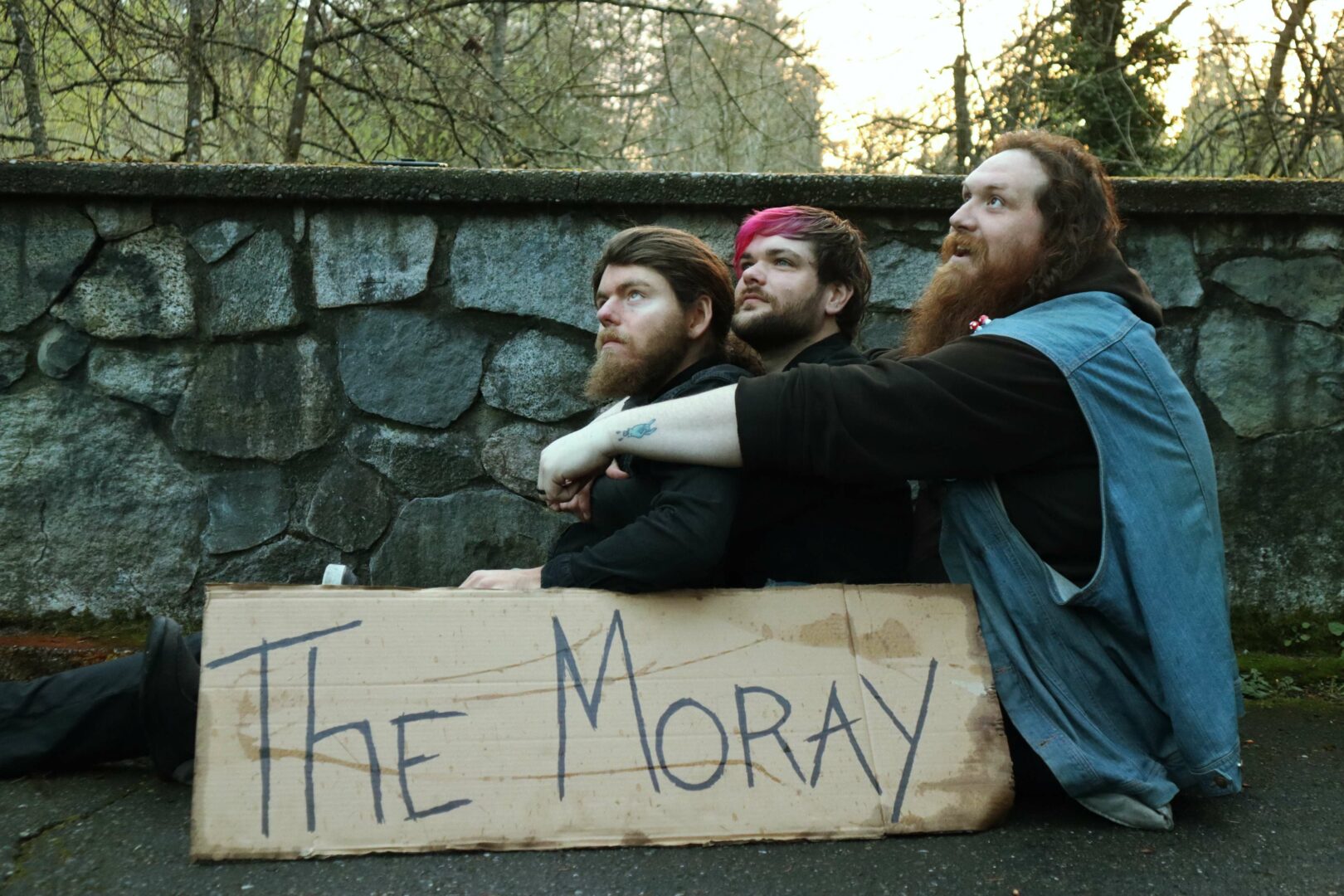We’re excited to introduce you to the always interesting and insightful Chantal Vallee. We hope you’ll enjoy our conversation with chantal below.
Chantal , so great to have you with us and thanks for taking the time to share your thoughts with the community. So, let’s jump into something that stops so many people from going after their dreams – haters, nay-sayers, etc. We’d love to hear about how you dealt with that and persisted on your path.
When I took the job, even my own peers and university officials doubted we could win. My boss told me to stop dreaming- that it would only hurt myself. Today, we have FIVE national championships and have turned a last-place program into a dynasty. But the transformation wasn’t about proving anyone wrong—it was about committing to a vision, staying the course, and doing the work that would inspire real change.
Mark Twain once said, “They didn’t know it was impossible, so they did it.” That mindset became my driving force. I refused to see limits—only possibilities.
When I arrived at Windsor in 2005, the program was last in the nation, lacked respect, and had been a laughingstock in the media for nearly 50 years. Everyone questioned whether a turnaround was possible—let alone with a young woman who had never coached a university program before. Instead of letting that discourage me, I established a clear vision and a step-by-step plan to get there.
My leadership wasn’t just about strategy—it was about believing in something before others could see it. I didn’t lower standards to fit in or appease critics. Instead, I raised the stakes and challenged people to aim higher than they thought was possible, and then I went to work.
When they said, “Stop dreaming,” “You’re too intense,” or “Your vision won’t work here,” I didn’t argue—I stayed the course. I surrounded myself with people who aligned with the vision and refused to let outside noise shake my confidence. Of course, there were moments of doubt. At first, I had no choice but to make it work. But over time, it became clear—this was bigger than me. It was about proving what’s possible when vision meets persistence. My research on the world’s most successful leaders confirmed a fundamental truth: sticking with your vision long-term is the foundation of any transformation. And I was committed to seeing this through with my personal experience.
In the end, I can summarize how I handle nay-sayers with three rules:
1. I don’t let outside noise shake my confidence.
• I stay focused on our goals, not our critics.
• When things don’t seem to work, I look inward and ask: What can I change? How can I improve? Once I adjust, the team I lead follows effortlessly.
• If I feel shaken, I go deep within. Confidence comes from within, not from outside validation. Meditation has helped me tremendously to stay strong and balanced.
2. I build a winning and healthy team culture.
• I create a team that believes in our vision and commits to it fully.
• We don’t just work hard—we work with intention. Every practice, meeting, and detail aligns with our bigger purpose. Our culture, direction, and daily actions all point toward the same goal. Nothing is left to chance.
• We welcome hard discussions and challenges. In the end, it’s about moving the organization forward—not about being right.
3. I focus on overall transformation—not personal gain.
• We aren’t just playing to win; we are developing leaders, role models, and people of impact. Individual growth is our goal, and winning is the by-product.
• We look to our community. We want to be a symbol of resilience and hope for those watching from the outside. If we can rise from the bottom to become the best in the nation, others can rise—from hardship, from failure, from doubt—to achieve success, health, and purpose.
• Success is not about individual recognition; it’s about collectively lifting others and inspiring change. We want to leave a lasting impact and create a movement of transformation in others.
At the end of the day, overcoming nay sayers and haters is not about proving anyone wrong—it’s about staying true to the vision creating lasting transformation that extends far beyond personal gain.

Appreciate the insights and wisdom. Before we dig deeper and ask you about the skills that matter and more, maybe you can tell our readers about yourself?
Branding: What I Do & What Makes It Special
Basketball has been my vehicle, but transformation has always been my mission. Over my career, I’ve dedicated myself to researching and building winning cultures—both on and off the court—that foster lasting transformation. When I took over the University of Windsor’s women’s basketball program in 2005, it was last in the country, struggling for respect. Through vision, strategy, and an unshakable belief in what was possible, we turned the program into a national powerhouse, winning five consecutive national titles. However, the real victory wasn’t just the trophies—it was about embodying transformation and developing leaders to have a lasting impact in society.
Today, my work extends beyond coaching. I am deeply passionate about holistic leadership—helping people build high-performing teams without sacrificing their well-being. Many coaches, business leaders, and organizations struggle with burnout, compromise, or culture dilution. I teach them how to lead with clarity, maintain unwavering standards, and remain authentic in the process.
What excites me the most? It’s the impact of transformation—on a team, on individuals, and on entire organizations. I am fortunate to share my message globally, having spoken in places like America, Australia, Asia, and Africa. One of the most memorable experiences was speaking at the Rod Laver Arena in Australia, where I addressed a crowd of 15,000 people and received a standing ovation. This isn’t just about motivational speaking; it’s about inspiring people to take action and drive meaningful lasting change.
I’m currently focused on several exciting projects that continues to drive my life mission:
1. My upcoming book, Dare to Win – This is more than just a sports story; it’s a blueprint for leadership, transformation, and resilience. The principles from our championship journey apply not only to sports but to leadership, business, and everyday life. I’ve used this model to transform my team and, later, myself as a leader and individual.
2. A live docu-series – We’re filming an inside look at the University of Windsor women’s basketball team as we pursue another championship. This is raw, real, and highlights what it takes to build a winning team from the ground up.
3. Global Impact – I’ve had the opportunity to work with businesses across the world, teaching them actionable, hands-on principles for success and organizational change. My approach is all about creating sustainable, real-world impact.
4. Empowering Women in Leadership – While I have mostly worked with men to date, I hold a special place in my heart to helping women in the C-suite and leadership positions. By teaching self-confidence and stress-reduction techniques, I can teach to thrive under pressure—a skill I’ve had to master myself to stay healthy and effective under high-stakes circumstances.
Whether through coaching, writing, speaking, or consulting, my goal remains constant: to help people break through their limits, commit to their vision, and unlock their full potential. No shortcuts, no excuses—just transformation.

There is so much advice out there about all the different skills and qualities folks need to develop in order to succeed in today’s highly competitive environment and often it can feel overwhelming. So, if we had to break it down to just the three that matter most, which three skills or qualities would you focus on?
Three qualities, skills, and areas of knowledge stand out as the most impactful:
1. Vision and Strategic Thinking – The ability to see beyond the present and imagine what could be is essential. It’s not just about having a goal; it’s about breaking it down into manageable steps and building a path forward—one that might seem impossible to the average person. My advice for those early in their journey: Learn to articulate your vision clearly and stay committed to it, even when it feels uncertain, or others doubt it. The clarity of purpose will guide you through challenges.
2. Resilience and Personal Growth – Along with strategic thinking, building mental resilience and a growth-oriented mindset is crucial. I had to be willing to adjust, adapt, and change course when needed—letting go of ego and being open to learning from every experience. There were many moments where things didn’t go as planned, where I faced doubts—both from others and internally. What made the difference was my ability to stay flexible, embrace transformation, and push forward. To those just starting out: Practice mental resilience and personal growth daily. Learn to adapt, let go of the need to always be right, and embrace change as an essential part of the journey. The most growth comes when you challenge yourself to evolve. When the leader evolves, the team evolves shortly after.
3. Leadership and Building Team Culture – Leadership isn’t just about directing people; it’s about creating a culture where everyone feels connected to the mission, empowered to contribute, and motivated to succeed together. Developing a strong team culture was key to transforming Windsor’s program. My advice to emerging leaders: Focus on building trust and clarity within your team. Communicate openly, set clear expectations, and foster an environment where people are aligned with a common purpose. Invest in your team, and they’ll invest in the vision. That being said, do not dilute the message or lower the standards. The job of the leader is to be clear. “Truth over harmony” is a section of my book that explains how leading this way will take you further than trying to please everyone or be liked.
These are the qualities that have shaped my journey. My advice to anyone just starting out would be to focus on developing these key areas—vision, resilience, leadership, and a commitment to personal growth. The willingness to adapt and let go of ego is what will truly propel you forward. Success doesn’t just come from reaching the destination; it comes from consistently improving along the way.

How would you describe your ideal client?
My ideal client is a lifelong learner—someone who’s dissatisfied with the status quo in their life or business and is ready to break free from old patterns. Someone who wants to rise and achieve more. They’re not just seeking growth; they’re actively willing to be challenged. Why? Because that was my process. I, too, was frustrated with repeating the same patterns. I sought mentorship and guidance to break through to something greater. I wanted success, but more importantly, I wanted to use my life for a greater purpose.
The mentoring I’ve received has been the foundation of my journey. I had the privilege of learning from some of the top leaders in the world. They generously shared their time and invaluable insights that shaped my understanding of leadership, culture-building, and personal development. I spent years researching their work, culminating in leadership research that was published and recognized worldwide by the scientific community. This led me to realize how far I was from where they were, and so I hired mentors—people who weren’t afraid to challenge me and offer critical perspectives I might not have considered. I didn’t want just encouragement; I wanted results and lasting change. And it was tough.
When I think about my ideal client, it’s someone who is ready to make a serious commitment to deep, transformative work. They’re dedicated to improving themselves—whether in their personal life or business. They’re not afraid to confront hard truths, embrace challenge, and take on transformation head-on. If you’re looking for a coach who will help you achieve real, tangible results, you’ve found the right place. But understand, the work is on you. It won’t be easy. True transformation requires stepping outside your comfort zone and consistently pushing through discomfort. You must be fully committed to the process. I do not work with people who are just “testing the waters” or casually curious.
I take on fewer than 12 clients a year, providing deep, personalized attention. If you’re ready for a life-changing journey, I’m here to help you unlock your untapped potential. Let’s get to work.
Contact Info:
- Website: https://www.coachvallee.com
- Instagram: coachvallee
- Facebook: Chantal Vallee
- Linkedin: chantal vallee
- Twitter: coachvallee



Image Credits
i own the rights to all images.
so if you or someone you know deserves recognition please let us know here.




